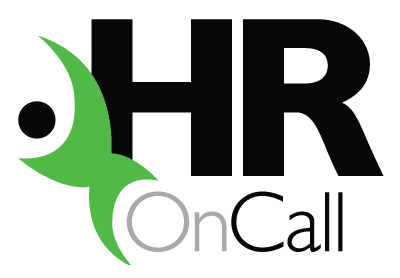The new financial year is only three months away. Now’s the time to get on the front foot with your company’s HR planning. This article is the third in a series where we give you a simple three-step plan to start the new financial year in great HR shape.
Keeping employees focused on the big picture while giving them a clear pathway to everyday success is the secret sauce that turns great players into a high-performance team.
Update HR policies and procedures
Your company’s policies and procedures are the roadmaps for your employees that guide their behaviour and give them the practical tools to get their job done in the right way. Policies and procedures keep things clear, consistent and ensures everyone is playing by the same rules. Without policies and procedures, there is confusion, discord and disconnect. That’s why it’s not only important to have them – it’s important to keep them up to date.
What’s the difference between a policy and a procedure?
Policies and procedures work hand in hand, but they are different. Policies set overarching guidelines and provide direction about expected behaviours and decision making. They establish a framework of acceptable behavioural standards that reflect the high-level aims, objectives, culture and philosophies of an organisation.
The types of HR policies vary between organisations, but some common ones include:
- Code of conduct policy
- Internet and email policy
- Mobile phone policy
- Health and safety policy
- Anti-discrimination, bullying and harassment policy
- Drug and alcohol policy
- Grievance handling policy
- Discipline and termination policy
Procedures have a much narrower focus and describe what actions should be taken in a step-by-step format. They are designed to be followed from beginning to end in order to achieve the desired outcome. Procedures are instructional rather than guiding.
Some examples of HR procedures include:
- Health and safety incident management procedure
- Complaints resolution procedure
- Unsatisfactory performance procedures
- Chemical management procedure
- Employee termination procedure
How often should policies and procedures be reviewed?
As part of your business planning process, HR policies and procedures should be reviewed at least every 12-18 months. As the business, legal and competitive environments you operate in evolve and change, your business must respond by regularly reviewing and updating HR policies and procedures so that they reflect:
- Current IR frameworks
- New technologies in the workplace
- Competitor activities
- Best practice
- Business strategy and KPIs
- Changing culture and values in the workplace
Where do I start?
Having up to date policies and procedures is important because they form the basis of how you operate your business and provide your employees with behavioural guidelines, practical instructions and overarching expectations. This past financial year has brought so many changes to workplaces across Australia. Now is the perfect time to make sure your HR policies and procedures reflect what your business needs and where it is going.
Review and refresh your HR policies and procedures by contacting us today.


